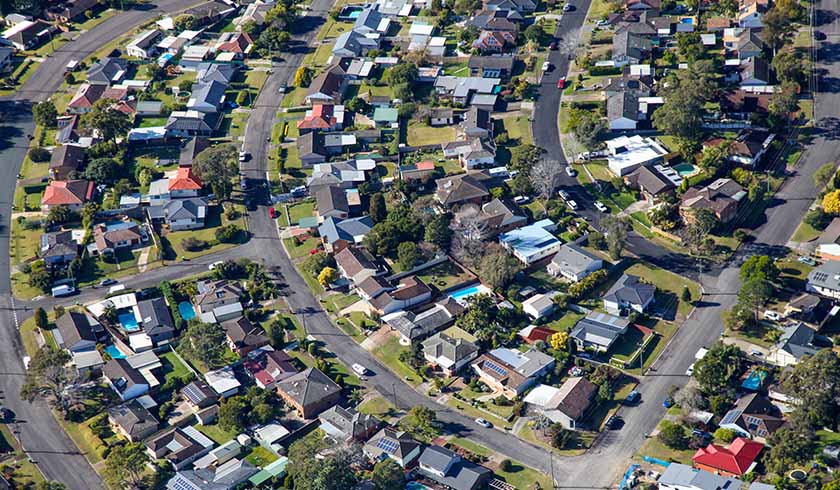Investment tip: Pros and cons of negative gearing
While negative gearing has long been used as a tax minimisation strategy, experts remind investors that it is not a strategy for everyone. Find out how negatively geared properties can fit in one’s investment journey.

Essentially, negative gearing occurs when the rental income that the investor earns from their property is less than the outgoing expenses including deductible losses, mortgage, insurance, management fees, maintenance and repairs, council and water rates and so forth.
As such, the investor will have to pay money out of their own pocket so they could continue holding the property.
Still, despite the loss, many investors opt to acquire negatively geared properties, wait for them to grow in value so they can sell for a profit in the future. They enjoy the benefit of a tax deduction on the investment loss.
By implementing negative gearing as a strategy, the property-related costs are, in essence, paid for by your tenant through rental returns, by the Australian Taxation Office through tax savings and by your own surplus cash flow.
How can investors know if this strategy fits their wealth-creation journey?
Smart Property Investment lays out the most common advantages and disadvantages of investing in negatively geared properties:
Pros
- Tax deduction: One of the main advantages of holding a negatively geared property is the ability to offset any loss incurred, including depreciation, against the investor’s taxable income. In some cases, the tax savings can exceed the total net loss of the negatively geared property.
- Long-term capital growth: As long as the investor purchases in a location with strong fundamentals for future growth, negatively geared properties are often bound to see good returns within a normal market cycle, between seven to 10 years. More often than not, the gains from capital appreciation outweigh the losses incurred over time.
- Lower rents equal high demand: Investors who opt to keep their properties negatively geared by maintaining low rental rates benefit from having more tenant options and ultimately maintaining tenancy for the long-term.
Cons
- Negative cash flow: A loss is a loss, even if it could be softened by tax deductions. Negatively geared properties, therefore, are not suitable for investors whose aim is to create passive income. Without money to spare, investors may lose their property due to unpaid debts and bills.
- Capital loss: While holding a property for the long-term is likely to result to capital growth, no one is ever certain of how markets will move. In the event of unexpected market fluctuations, investors with negatively geared properties could be exposed to considerably higher risks as their success is more reliant on capital gains. In contrast, a positive cash flow property provides guaranteed profit even when property prices remain stable or decline.
- Limited serviceability: With limited cash flow, the investor may also be decreasing the limit of what they can afford or their borrowing capacity, thus making it harder to grow their portfolio moving forward.
Before ultimately making any major investment decision, investors are strongly encouraged to do their due diligence and engage professionals, where appropriate, in order to get a better understanding of the strategies that will be fit for their wealth-creation journey based on their personal and financial goals, capabilities and limitations.
This information has been sourced from Australian Securities and Investments Commission (ASIC) and the Smart Property Investment website.
